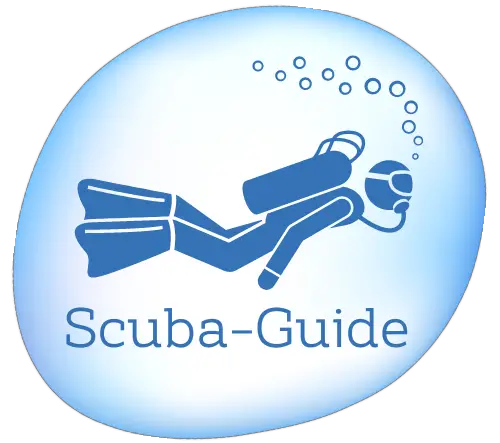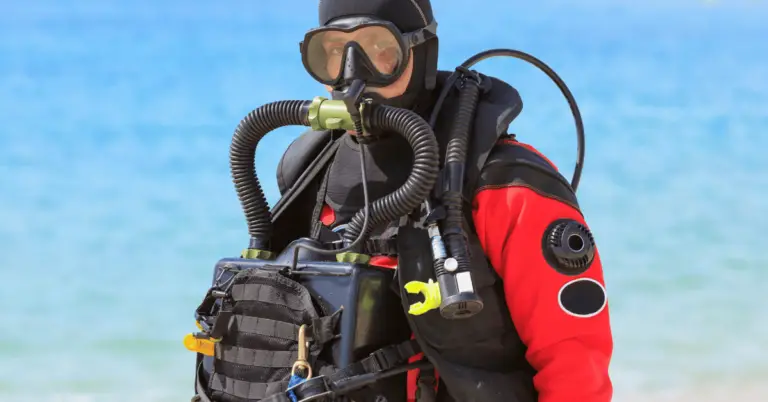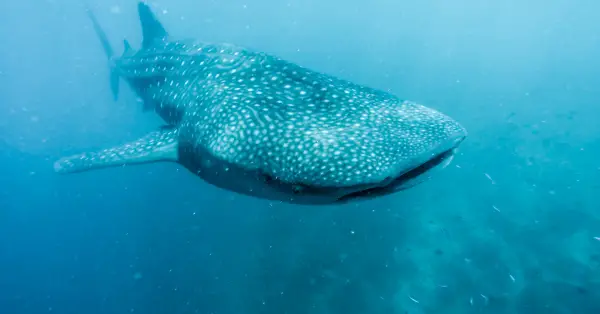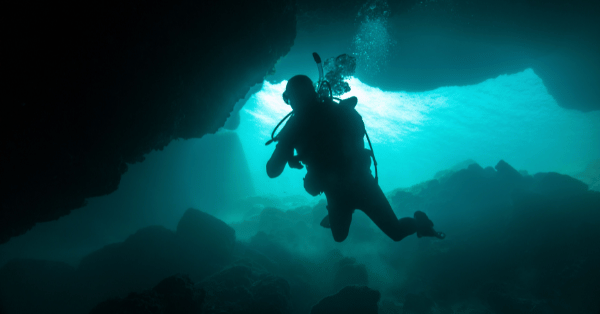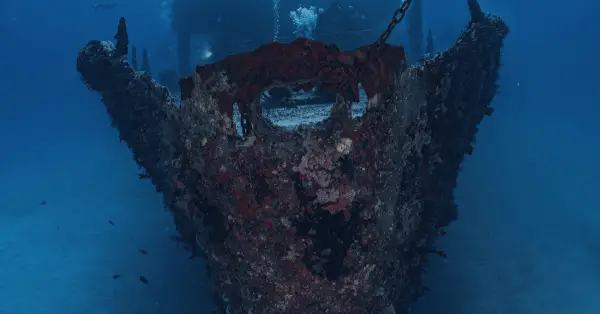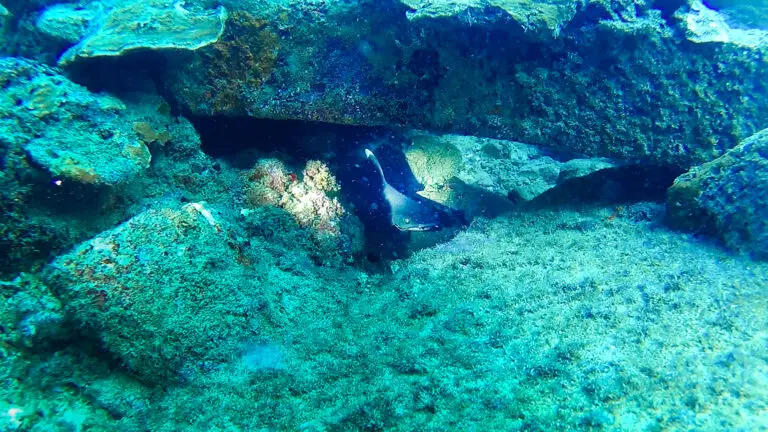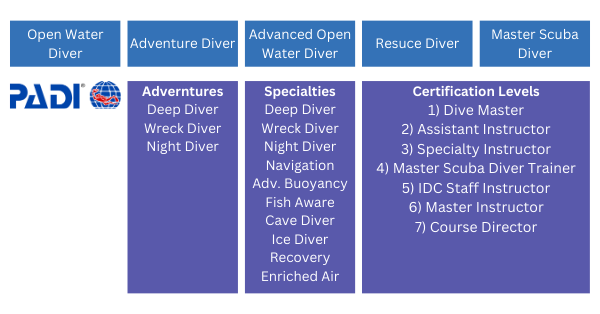Where and when to Swim and Dive with Whale Sharks
Seeing, swimming, or even scuba diving with whale sharks is for many marine life enthusiasts very high on the bucket list – rightfully so.
I can speak from personal experience, swimming with whale sharks was one of the best experiences I’ve ever had.
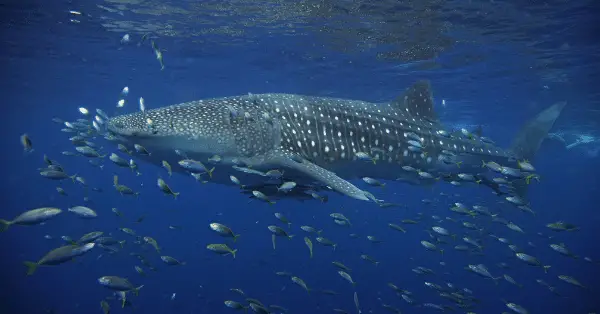
But where and when is it best to swim or dive with whale sharks?
Swimming vs diving with whale sharks
Diving and swimming with whale sharks offer different experiences, though in some cases you can do both on the same trip. Swimming with whale sharks is usually organized in tours and in most places diving is not allowed where a lot of whale sharks come together to feed on the surface. Snorkeling, therefore, has a high probability to encounter whale sharks as the tour operators bring you to them. Seeing a whale shark while diving is most times luck. However, you can increase your chances to spot a spotted giant by diving at the right places at the right time of the year.
(Also check our guide on how to approach whale sharks at the end of this article)
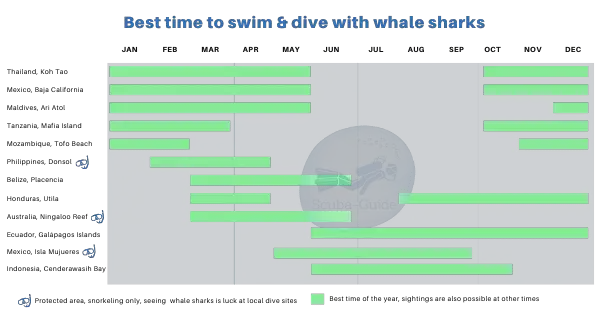
Best places to scuba dive with whale sharks by the time of the year
Thailand – Koh Tao & Andaman Sea
Most dive shops on Thailand’s islands advertise whale shark encounters. Some of the most common places to encounter whale sharks in Thailand are around the island group of Koh Tao, Koh Pangang, and Koh Samui, but also Koh Phi Phi and Koh Lipe. Overall, the Andaman Sea is a migrating place for whale sharks during the winter months between October and May.
Unlike other places where small groups of whale sharks come together, Thailand is a place where the sharks migrate and can only be seen by luck when scuba diving in the open ocean.
Mexico – Baja California Sur
Whale sharks often come close to the beaches of this secluded bay and, therefore, offer an ideal opportunity to dive with them. Unlike Cancun, where such encounters are strictly monitored, and scuba diving is prohibited, La Paz’s Sea of Cortez offers divers the chance to dive with these majestic creatures. Cabo San Lucas and Cabo Pulmo National Park also provide increased chances for getting up close and personal with a whale shark from underwater.
The best time to dive with whale sharks in Baja California Sur is between October and May, when the warm waters and abundance of plankton offer the perfect habitat for the gentle giants of the ocean.
Baja California Sur is also home to other sea animals like sea lions. Don’t forget to dive with local colonies and enjoy the playful encounters up close.
Maldives – Sun Island, South Ari Atoll
Sun Island is a special place on the list. Younger, smaller whale sharks come and grow for a few months in the area of South Ari Atoll.
It is believed that this region offers a safe haven for younger sharks, with plentiful food sources and an environment free from predators. The warmer tropical waters give juvenile sharks many opportunities to find nutritious sustenance.
For the optimal underwater and topside experience when whale shark spotting, a visit to the Maldives from December to May is recommended. Although sightings of these majestic creatures are possible around year-round in this region, these months guarantee maximum visibility and conditions both above and below the waves.
Tanzania – Kilindini Harbour, Mafia Island
Mafia Island in Tanzania is one of those places where we don’t know if we should add it to the list to swim or dive with whale sharks. Most operators offer snorkel tours, and it’s very likely to swim with small groups of these gentle giants. Anyway, it’s also possible to scuba dive in the area and due to the high numbers of whale sharks it’s very likely to see them roaming around.
The best time to go is between October and March. During the whale shark season, other big animals also migrate here: dolphins, humpback whales, and manta rays.
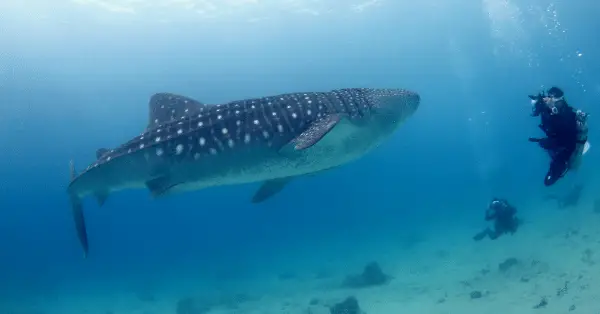
Mozambique – Simon’s Town, Tofo Beach
Off the coast of this off-the-beaten-track locale lies one of Africa’s largest concentrations of whale sharks due to its year-round abundance of plankton. You don’t want to miss out on three exclusive dive sites known as Whale Shark Alley: Chamber of Secrets, Simon’s Town, and Marble Arch. Although the chances are good at each spot, if you really want an up-close experience with these majestic creatures, make sure your safety stop is taken at Simon’s Town where sightings are most frequent.
Humpback whales and whale sharks migrate here during the winter months from November to February. Divers can also encounter manta rays, sea turtles, and dolphins.
Belize – Placencia
Placencia’s southern Belize coastline is home to a dependable population of whale sharks, who congregate for the massive spawning event of Mutton and Cubera snappers at Gladden Spit and Silk Cayes. The area has been declared a Marine Reserve with an abundance of sea turtles, coral reefs, and vibrantly-hued fish in its waters.
Mutton and Cubera snappers spawn around the full moon, therefore it’s best to plan your dive trip around the moon schedule between March and June.
Honduras – Utila
Utila in Honduras is often called ‘The Whale Shark Capital of the Caribbean’. Whale sharks live in the area all year, but the highest concentrations occur during March and April and then again in August and September.
The whale sharks come very close to the shore and shallow banks, just where the ocean drops off into the deep. Dive operators take divers of all levels on shallow dives. Just make sure to not interrupt the gentle giants and always keep your distance.
Ecuador – Galápagos Island
Located in the Pacific Ocean, close to Ecuador, lies the famous volcanic archipelago of the Galápagos Islands. Darwin Island houses one of its most beloved dive sites: The Pillars of Evolution (formerly referred to as Darwin’s Arch until it collapsed in May 2021). This spot is an absolute paradise for megafauna enthusiasts and whale shark lovers, who are often treated with frequent sightings.
The best time to encounter whale sharks at the Galápagos Islands is between June and December.
Exploring the islands of the Galápagos reveals an abundance of endemic species, including penguins, giant tortoises, and marine iguanas – all visible when you scuba dive in the region. An incredible assortment awaits discovery underwater; whale sharks are a highlight during their respective season where they share waters with humpback whales, pilot whales, hammerheads, and reef sharks.
Indonesia – Cendeawasih Bay
Cenderawasih Bay is renowned for its staggering concentration of whale sharks, especially at Kwatisore Bay close to Nabire. Early morning, it’s the best time to dive here, as this is the time when the whale sharks come to the surface to feed.
Although whale sharks can be found all year round, the best time of the year to dive here is between June to October.
Cendeawasih Bay is often on the routes of liveaboard dive boats in Indonesia.
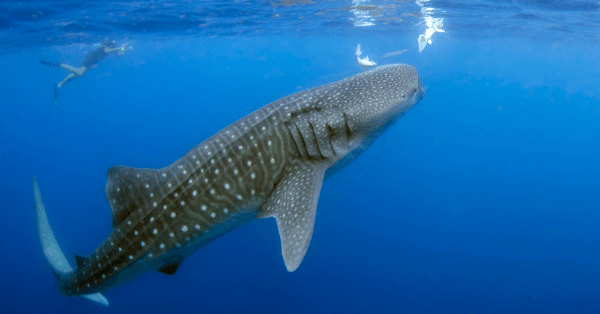
Best places to swim with whale sharks
Many places are protected by authorities for snorkeling only. That being said, if there are many whale sharks in the area and there are nearby dive sites, the chances are very high (or at least as high as possible in nature) to encounter a whale shark while diving. Therefore, don’t skip our list of places to swim with whale sharks, you might be lucky to see them from underwater.
Philippines – Donsol
Whale sharks often venture closer to the bay in search of plentiful plankton. Unlike places like Cebu, they are not baited, and the place is not overcrowded by buses full of tourists. At Donsol, you can enjoy a more natural experience with the whale sharks. Notably, Donsol has put measures in place that limit all whale shark encounters to snorkeling, but scuba divers should still make use of this chance. Manta Bowl is only one among many sites near Ticao Island where it is likely for you to spot whale sharks underwater.
Whale shark season is officially from December to May, but the best time to go is between February to April.
Australia – Mandu Wall, Ningaloo Reef
Ningaloo Reef in Australia is a protected reef that is home to an abundance of marine life. Whale shark sightings between March and June are so likely that many operators give you guarantees to see them. It’s also possible to dive with the whale sharks, but most operators are snorkel-only tours.
Mexico – Isla Mujeres/Cancun
Isla Mujeres is one of the best places to swim with whale sharks. Although – or maybe, especially because – it’s prohibited to scuba dive in the area, the whale shark snorkel tours are amazing. While there are many boats from Isla Mujeres, nearby Cancun, or Cozumel, strict rules apply. Per boat, only two people plus one guide are allowed to be in the water at the same time.
Whale sharks are feeding all year on plankton at the surface, whale shark season is from May through September. Therefore, it’s best to visit during the summer months. Overall, it’s advertised to have a 99% chance to see whale sharks during this time.
I was there in late July and couldn’t count the number of whale sharks, it were too many.
Besides the vast number of whale sharks, there is also a phenomenon where the water layers between the shore and the open ocean meet and create a blue hole of great visibility. I rate this experience a 10 out of 10.
Places to avoid for swimming with whale sharks
Philippines – Cebu
Unfortunately, there are also places where tourists can swim with whale sharks that you should stay away from. Cebu in the Philippines is such a place where tour operators bait the whale shark and masses of tourists swim around and at times too close to the sharks. If you are in the Philippines, make your way to Donsol for a natural, much better experience.
That being said, it could be possible to randomly a whale shark while diving in Bohol in Cebu.
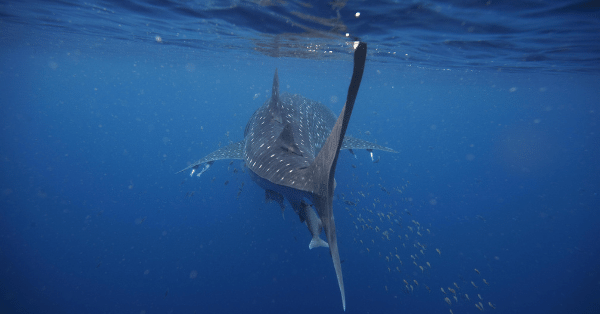
8 tips on how to approach a whale shark in the water
Approaching these enchanting creatures is not a difficult task; they are often unbothered by our presence, and it can be tempting to touch or come too close. However, it’s critical that we observe the rules of conduct in order to avoid disrupting them. Sharks may swiftly turn away if snorkelers get too near, which not only terminates the encounter for everyone, but also encourages unnecessary defensive behavior from the shark itself.
- Don’t approach from the back (out of sight): If you approach whale sharks where they can’t see you, they don’t know that you are not a threat, and they likely will swim faster away or even dive down.
- Keep your distance: Respect the whale shark’s space and maintain a minimum of 9 feet (3 meters).
- Stay calm: If a whale shark approaches you – even swimming towards you, try not to panic. Simply keep calm, give way, and let the shark swim past you. If you are in a group, split and make space.
- Keep noise to a minimum: Gently glide into the water from the boat, feet-first, and never jump. Maintain your fins just beneath the surface of the water as you slowly kick to cut back on splashing. Avoid loud noises and screaming.
- Never, ever touch: Caressing whale sharks can cause them undue stress, often resulting in a quick plunge below the surface. Like any fish or coral, the rule of looking but not touching applies.
- Do not chase the whale shark: This rule aligns with approaching a shark calmly within their eyesight. If you chase them, they will swim away. They aren’t fast swimmers, but definitely faster than you. If you swim calmly alongside them, you can spend a long time with the same animal.
- Let the whale shark be in charge: It’s essential to permit sharks to their natural habits and motions. If a shark banks (tumbles over and exposes its back), remain at bay, quit scuba diving, or plunge below the surface of the water.
- Don’t flash the whale shark’s eyes: Don’t flash the shark’s eyes with a torch or photography flashlight. If you dive at night or need to enhance your pictures with a flash, don’t point it directly into the whale shark’s eyes.
